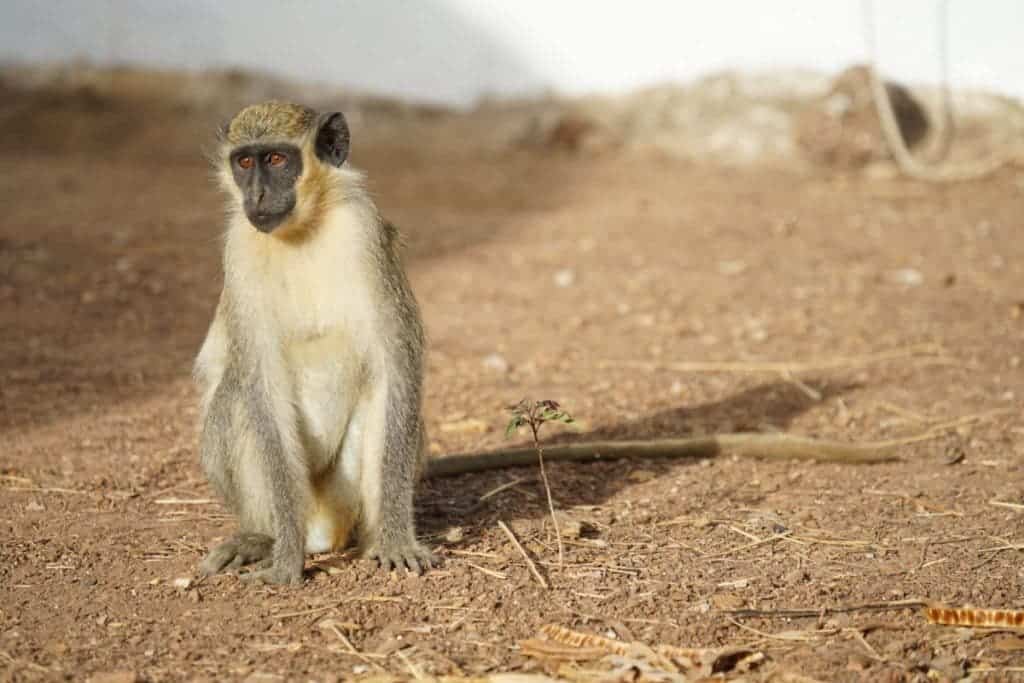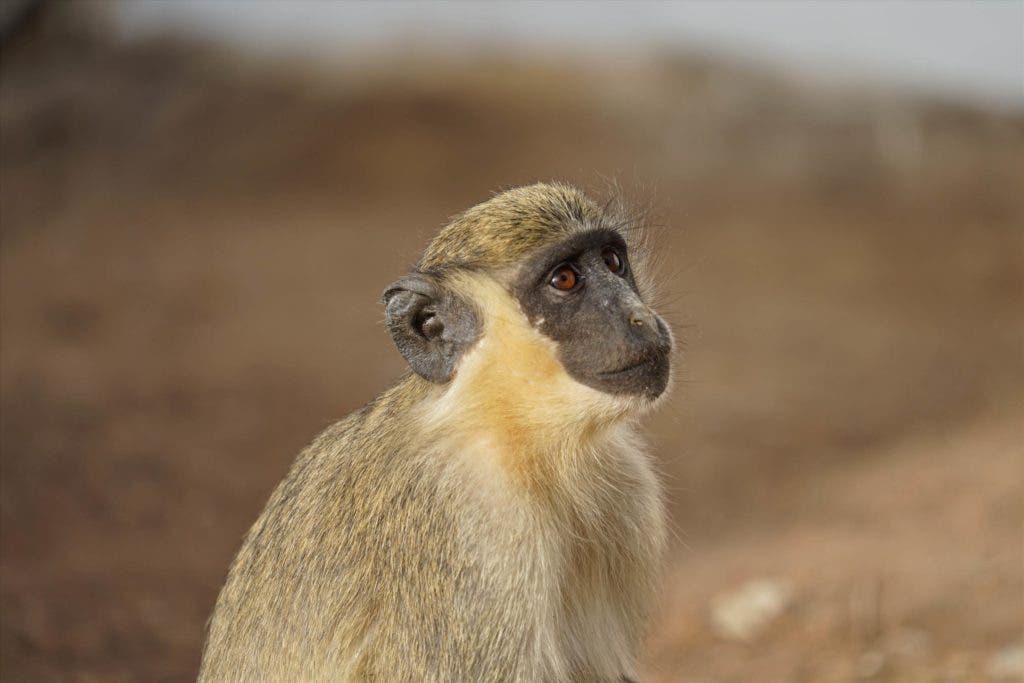
West African green monkeys produced a new alarm-call when faced with a novel aerial threat — a drone flown by German researchers at the Leibniz Institute for Primate Research. The meaning of this call was learned very quickly by other monkeys. However, this alarm call was not their own but rather belonged to the closely-related East African vervet monkey which uses it to warn against aerial predators like eagles. Taken together, these findings suggest that the call structure was determined many generations ago and was conserved despite the two species diverged evolutionarily.
‘Watch out for eagles’
East African vervet monkeys (Chlorocebus pygerythrus) produce different alarm calls for each of its main predators: leopards, snakes, and eagles. What’s more, each of these calls prompts a unique behavior. When nearby monkeys hear the call for “leopard”, they quickly climb a tree, when “snake” is called, they stand on two legs motionless, and when they hear the call for “eagle”, they search the sky and look for a place to hide.

Their cousins in Senegal, the West African green monkeys (Chrocebus sabaeus) exhibit similar behavior. But while they emit similar calls for leopards and snakes, they have none at all for eagles.
In a new study, Julia Fischer and colleagues at the German Primate Center introduced West African green monkeys at a research station in Simenti, Senegal, to an aerial drone. The drone was flown once over 80 monkeys at a height of about 60 meters. Researchers also recorded the sound of the drones and played back the recordings to 16 animals.
When the monkeys heard the played back recordings of the drone, they scanned the sky or ran away, suggesting that the monkeys had immediately learned what the sound indicated.
The aim of the experiments was to see how quickly the animals learned to recognize the drones as a threat. Much to everyone’s surprise, the green monkeys made calls resembling the calls that East African vervet monkeys utter when they detect eagles.
“The animals quickly learned what the previously unknown sounds mean and remembered this information,” said Fischer, who is the head of the Cognitive Ethology Laboratory at the German Primate Center and lead author of the study. “This shows their ability for auditory learning.”
Although the green monkeys never encountered aerial threats, the structure of their alarm call for drones was almost identical to East African vervet monkeys. Fischer says that this must mean that the vocalization is deeply rooted in the evolution of vervet monkeys.
“Our findings support the view of a fundamental dichotomy in the degree of flexibility in vocal productions versus the comprehension of calls. Collectively, these studies indicate that the emergence of auditory learning abilities preceded the evolution of flexible vocal production,” the authors wrote in the journal Nature Ecology & Evolution.






